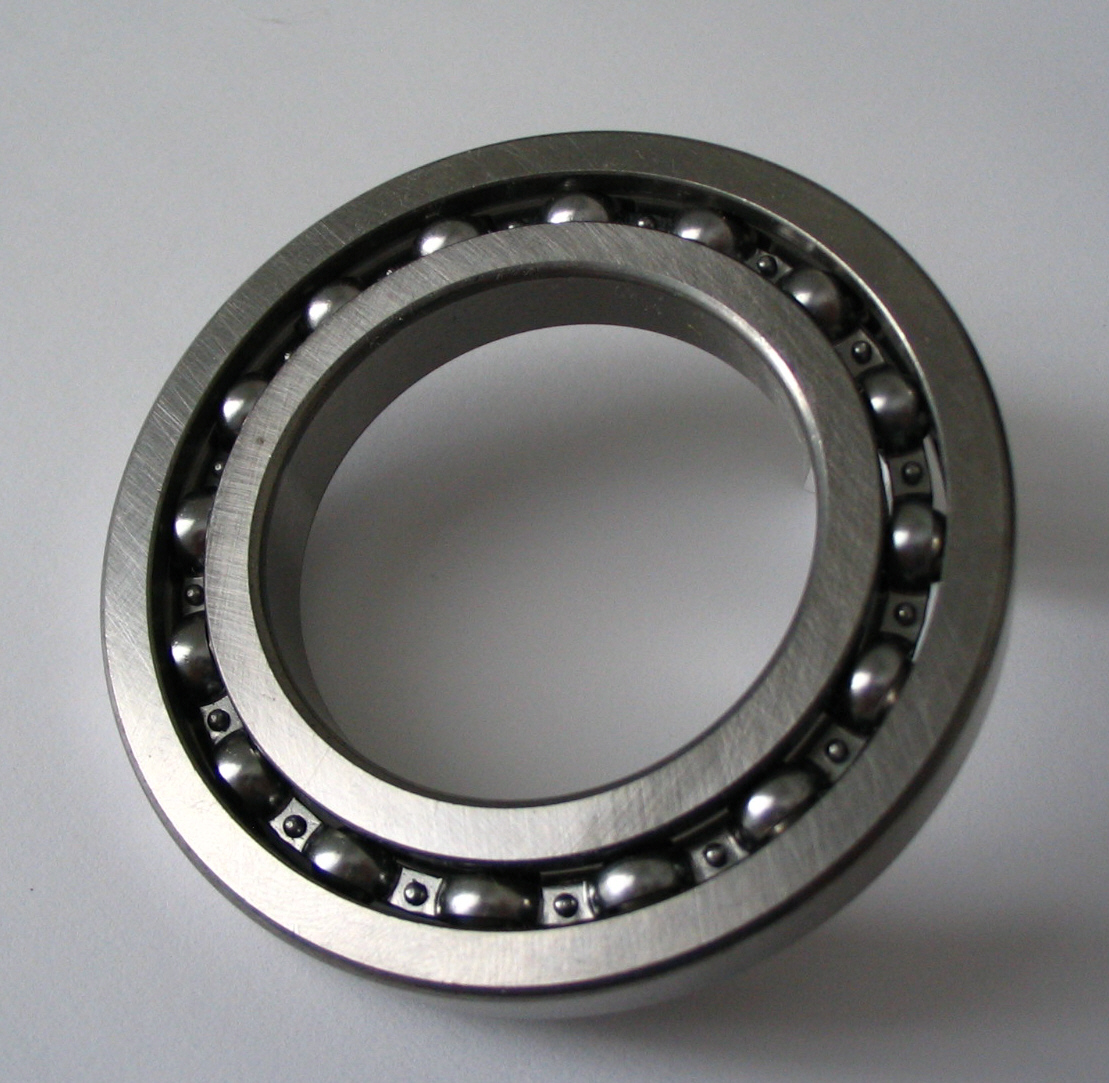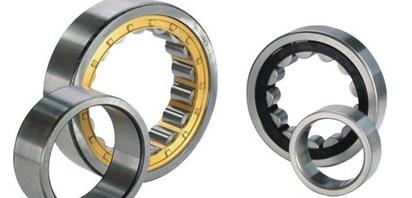Roller Bearings VS Ball Bearings – The Major Differences
Posted October 12, 2015 by adminHave you ever wondered what the difference was between roller bearings and ball bearings? At first glance they may not seem all that different. However, these seemingly similar style bearings have very different uses. We’re showing you how bearings work, and what the differences are between these engineering gems.
How Bearings Work
In general, bearings are all composed of the same basic mechanics: a ball set within an internal or external ring. This setup allows for force to be placed on the ball, referred to as loading. There are two different types of loading with bearings; thrust and radial. If your bearing is working with a radial load, this means the bearing will rotate, or roll when put under tension. Alternatively, a thrust load will be subject to force dependant on the angle. Bearings have been around for hundreds of years and have many different uses, some of which include aiding in rolling (a tire), pulling, applications in hard drives, skateboards, and more.
 Ball Bearings
Ball Bearings
In small amounts of weight, this extremely common bearing is able to handle both thrust and radial load, making it a popular bearing with engineers. When ball bearings are in motion their main job is to transfer the load from the outer raceway to the inner raceway. This allows for a smooth spin. Ball bearings are commonly used in small wheels and hard drives, as well as other everyday applications, but are prone to deformation when under too much pressure.
 Roller Bearings
Roller Bearings
Unlike ball bearings, roller bearings are designed with heavy loads in mind. These bearings are primarily based around a cylinder, meaning this bearing is able to distribute a load over a large area, carrying heavy weights. Also unlike ball bearings, roller bearings are not made to handle thrust loads.
For more information on roller bearings, ball bearings, and custom solutions contact VNC. We have an expansive selection of bearings available. Call us with any questions, or to get a free estimate today at (800) 862-3211.

